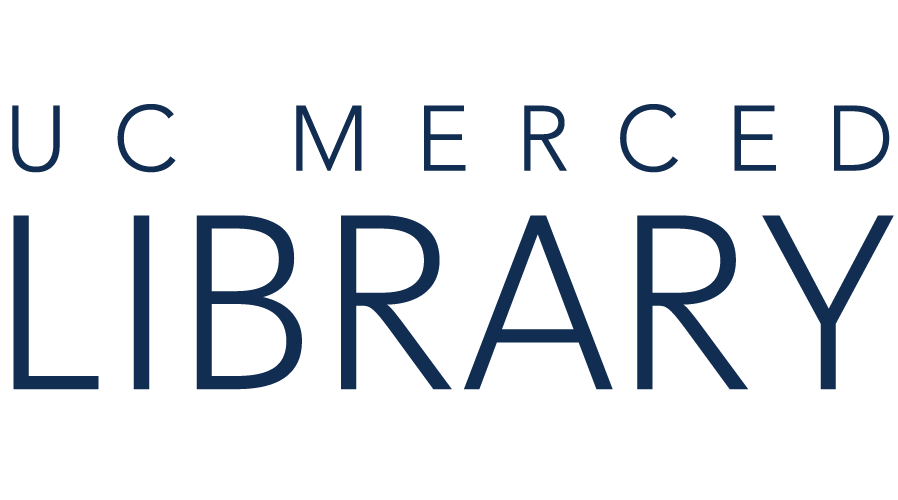Many databases offer the option to search for "peer-reviewed" journal articles - those are academic articles reviewed by the authors' peers for accuracy during the editing and publishing process.
If you are using a database that does not have this filter option, or if you find an article citation somewhere else, you can check if the article was published in a "peer-reviewed" journal or magazine by using Ulrichsweb. Search for your journal or magazine by title and look for a little black and white striped jersey icon next to its name. 
Check out this short video (2:34) from Western University on How to Read a Scholarly Article.
A literature review can be just a simple summary of the sources, but it usually has an organizational pattern and combines both summary and synthesis. A summary is a recap of the important information of the source, but a synthesis is a re-organization, or a reshuffling, of that information. It might give a new interpretation of old material or combine new with old interpretations. Or it might trace the intellectual progression of the field, including major debates. And depending on the situation, the literature review may evaluate the sources and advise the reader on the most pertinent or relevant.
The main focus of an academic research paper is to develop a new argument, and a research paper will contain a literature review as one of its parts. In a research paper, you use the literature as a foundation and as support for a new insight that you contribute. The focus of a literature review, however, is to summarize and synthesize the arguments and ideas of others without adding new contributions.
Literature reviews can be tricky because you don't want to stop before you've found everything relevant to your topic. There are a couple of guidelines for knowing when to stop looking for materials.
|
Characteristics of a Good Literature Review |
Characteristics of a Poor Literature Review |
|
Synthesizes available research |
Basically an annotated bibliography |
|
Critical evaluation of sources |
Analysis confined to describing the work |
|
Appropriated breadth and depth |
Narrow and Shallow |
|
Clear and concise |
Confusing and Longwinded |
|
Uses rigorous and consistent methods |
Constructed arbitrarily |

Copyright @ The Regents of the University of California. All rights reserved.
